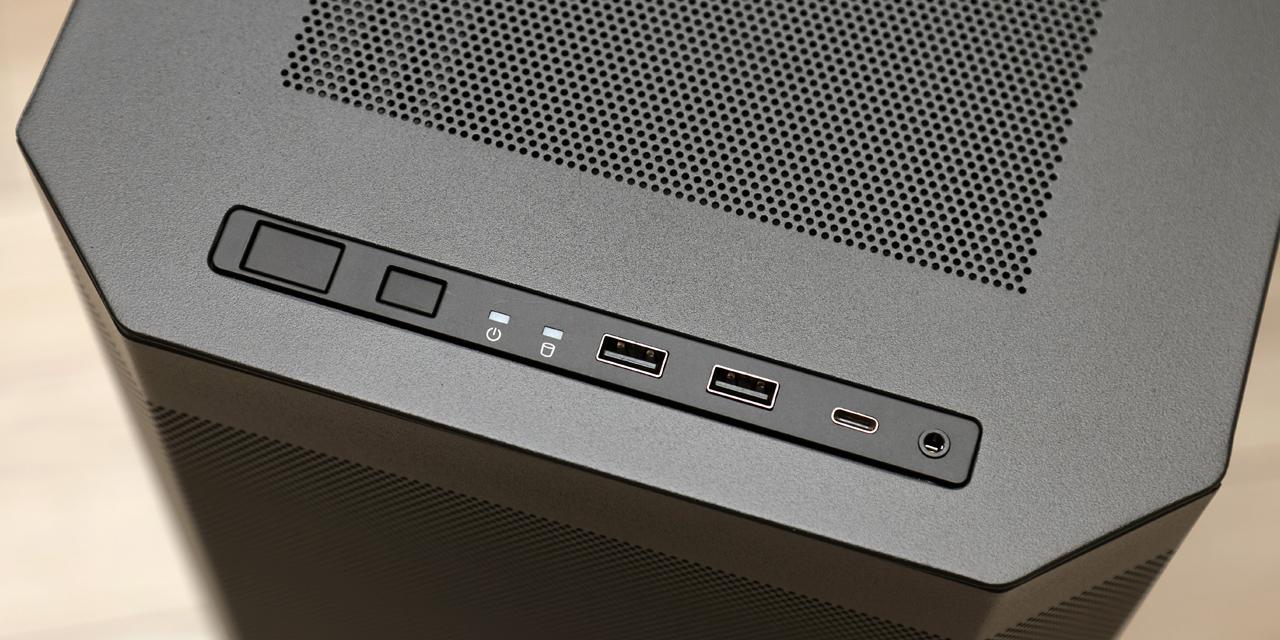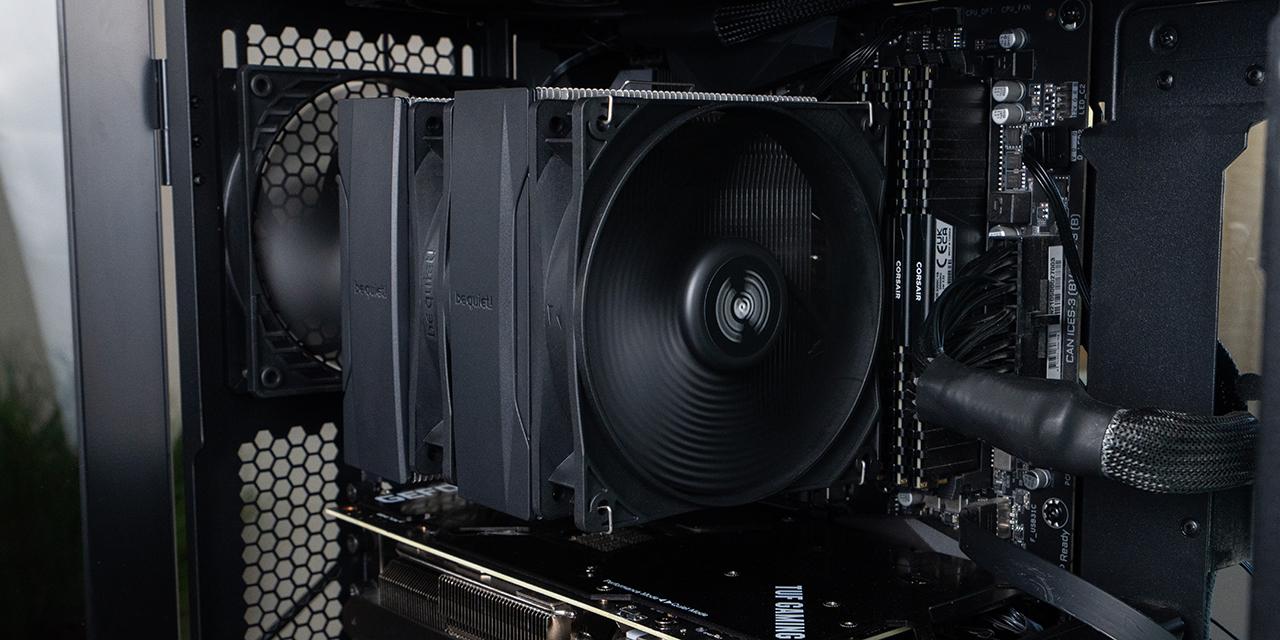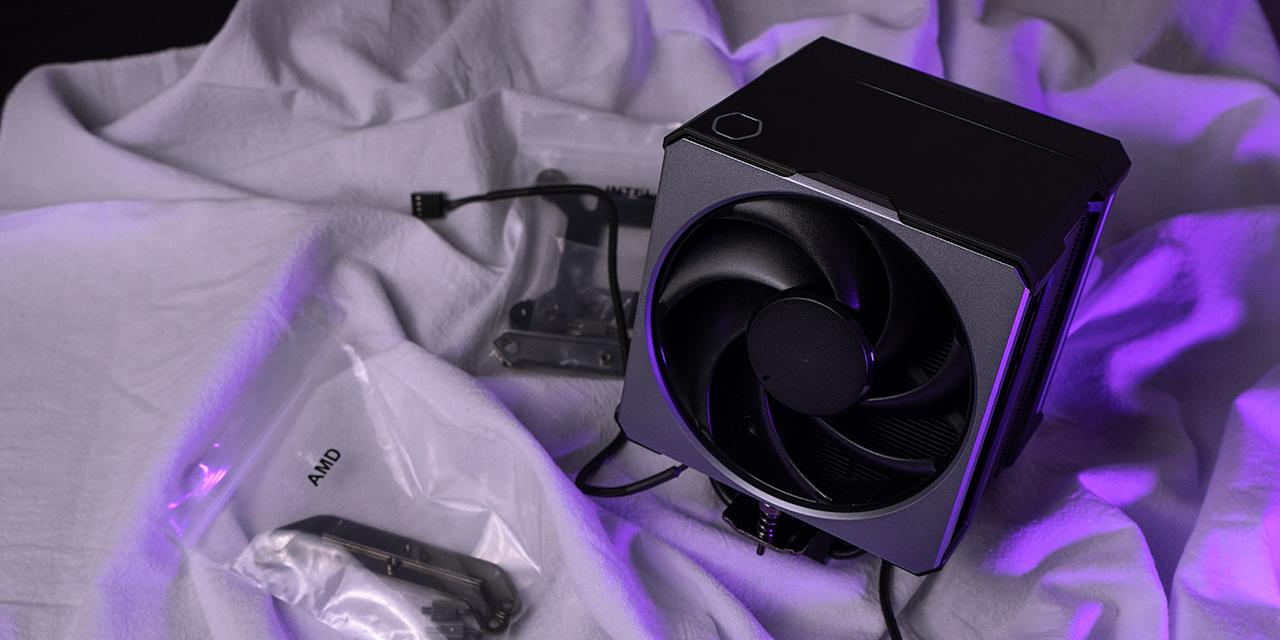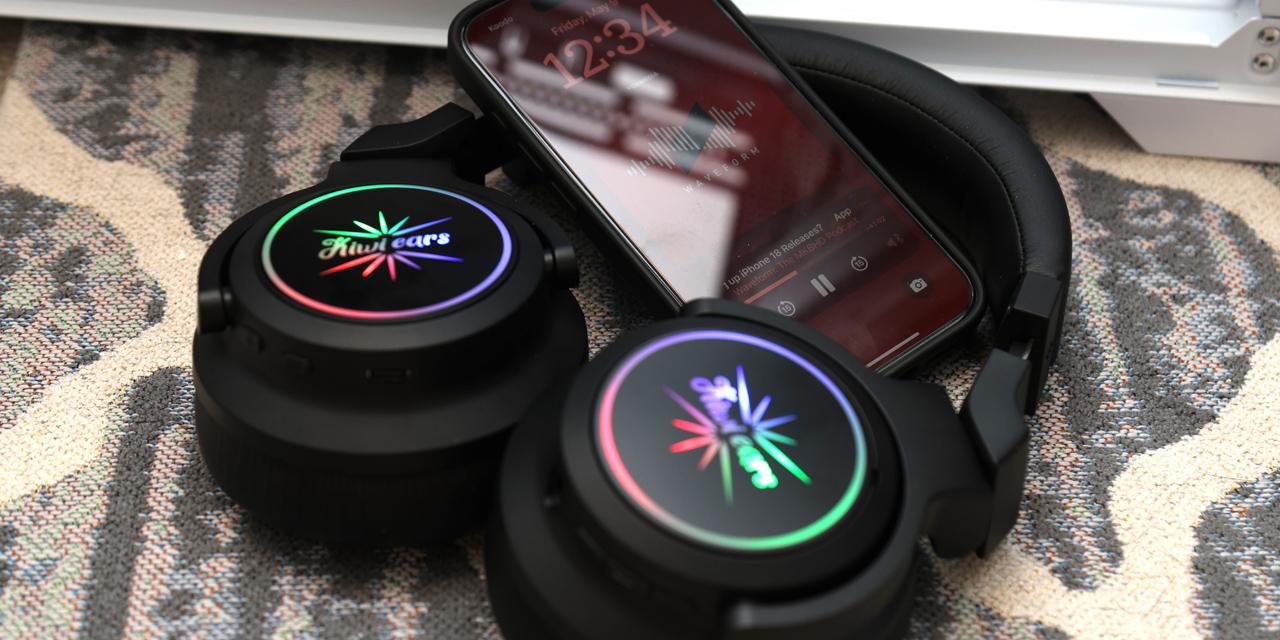Page 3 - A Closer Look - Hardware (Internal)
There is little wasted room inside the ASUSTOR AS6404T network attached storage. With an identical chassis design compared to other NAS boxes we have seen from both ASUSTOR and QNAP, there is definitely space at the top for an internal power supply, but they chose to use a brick instead. It is built nearly the exact same way as similar boxes in the past, from the way components are mounted to the way panels are interlocked. We can see the LCD controller module at the front, as well as the four 3.5" drive bays occupying majority of the area. A few centimeters of clearance room can be seen between the rear 120mm fan and the hard drive bays. This allows some space between components to reduce heat congestion. Its well-placed rear exhaust fan can then easily take out the warm air, and allow cooler air to flow over the mounted hard drives with minimal turbulence noise. The motherboard is mounted with its components facing inwards to take advantage of the airflow generated by the sole rear fan as well, with the entire back covered by a piece of clear plastic, just in case anything makes contact with the shell and short circuits. Generally speaking, it is pretty packed inside the ASUSTOR AS6404T, but everything is neatly placed and cabled to maximize cooling efficiency.
The power supply is an external brick manufactured by Delta Electronics. The DPS-90AB is a 12V power supply specified for up to 7.5A of current. This means it can deliver a maximum of 90W. As far as efficiency is concerned, it is "VI" rated. To skip over all the nitty gritty compliance details of this technical specification, the basic gist of it is it has to be at least 87.5% efficient in given conditions, and consumes less than 0.50W in no-load mode.
Unless you are someone determined to void your warranty and persistent enough to rip your new $650 file server apart, it is actually quite a challenge to dig into the further details on this product. I bet the guy who designed the chassis was probably thinking to himself, "No one is going to take this product apart, but if someone tries, I will make their life as hard as possible." Similar to QNAP, ASUSTOR has very conveniently made everything interlocking -- for example, the motherboard cannot be removed unless you release the SATA backplane, which cannot be taken out by itself, since it is blocked off by the chassis frame. But if you are as inclined as I have, then a bit of persistence and a half an hour of time will prove to be quite rewarding. (It took me almost two hours with my first QNAP, but with some experience, half an hour was good enough this time around.) After disengaging the chassis back panel, remove one screws on the SATA backplane. You can now slide it out by moving it to the left. Take out all the screws at the back of the motherboard, disconnect all the cables, and a small bit of wiggle room will allow you to take it out entirely. Now we can finally really take a closer look at the hardware under the hood.
ASUSTOR's AS6404T NAS features an Intel Celeron J3455 "Apollo Lake" system-on-a-chip. The 14nm Intel SoC features four cores running at 1.5GHz, Turbo Boost up to 2.6GHz, 2MB L2 cache, and is rated at 10W TDP. An integrated Intel HD Graphics 500 is clocked at 250MHz (750MHz burst) with 12 execution units. Intel's latest integrated graphics solution provides native support for H.265/HEVC decoding. There is a small unpainted aluminum heatsink near the center of the motherboard to cool down the Celeron J3455. An ITE IT8728F IC provides system monitoring information.
Intel's Celeron J3455 SoC provides native support to two of its USB 3.0 and SATA 6Gb/s ports. An ASMedia ASM1543 chip provides the remaining two USB ports, while an ASM1061 supplies the other SATA ports -- more on this later. Two Realtek RT8111 Gigabit LAN controllers power its two Gigabit Ethernet ports. A Parade PS176HDM DisplayPort to HDMI 2.0b converter enables the HDMI 2.0 port, while a Realtek ALC887 audio codec handles the optical output at the back. All of these mentioned ports are soldered directly to the motherboard. The system firmware is stored on a Samsung KLM8G1GEME eMMC 8GB chip.
The user upgradeable memory slots can be seen above. Since this is the back of the motherboard, you can easily add extra RAM to the system immediately after taking the shell off, which means you will not void your warranty. Even the black plastic sheet that covers the back of the motherboard has a small cutout for easy RAM installation. Our NAS came with 2x4GB of DSL DDR3L-1866 CL13 SODIMMs featuring eight Samsung K4B4G1646E ICs on each module. From my experience, I never needed any more memory than my ASUSTOR NAS already came with, but user upgradeable memory is always a good thing for more RAM intensive applications. This is especially useful if you are planning to use it as a virtualization box.
Lastly, we have the SATA backplane and the rear 120mm fan. Two of SATA 6Gb/s ports supplied natively by the Intel SoC, while two of them are added on by an ASMedia ASM1061 found on this PCB. On the right, the Y.S. Tech FD121225HB is a 120mm dual ball bearing PWM fan specified at 4.60A for a maximum of speed of 2600 rpm. The rated airflow is 106.1 CFM and 5.8 mm-H2O static pressure at 44.0 dB of noise.
We can see ASUSTOR used excellent hardware for their network attached storage system. But we must understand the sum of the system is not limited to just the hardware, but also the software. Over the years, network attached storage systems have evolved from relatively simple file servers to fully fledged network appliances with more features than I can keep track of. As such, we will take a look at the latest operating system update from the company, ADM 3.0 beta. After putting everything back together, and praying that my AS6404T still starts, we hit the power button to fire it up.
Page Index
1. Introduction, Packaging, Specifications
2. A Closer Look - Hardware (External)
3. A Closer Look - Hardware (Internal)
4. Configuration and User Interface, Part I
5. Configuration and User Interface, Part II
6. Configuration and User Interface, Part III
7. Performance and Power Consumption
8. Conclusion





